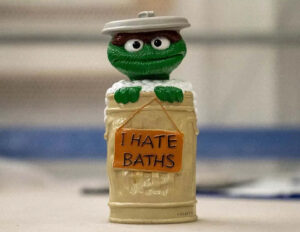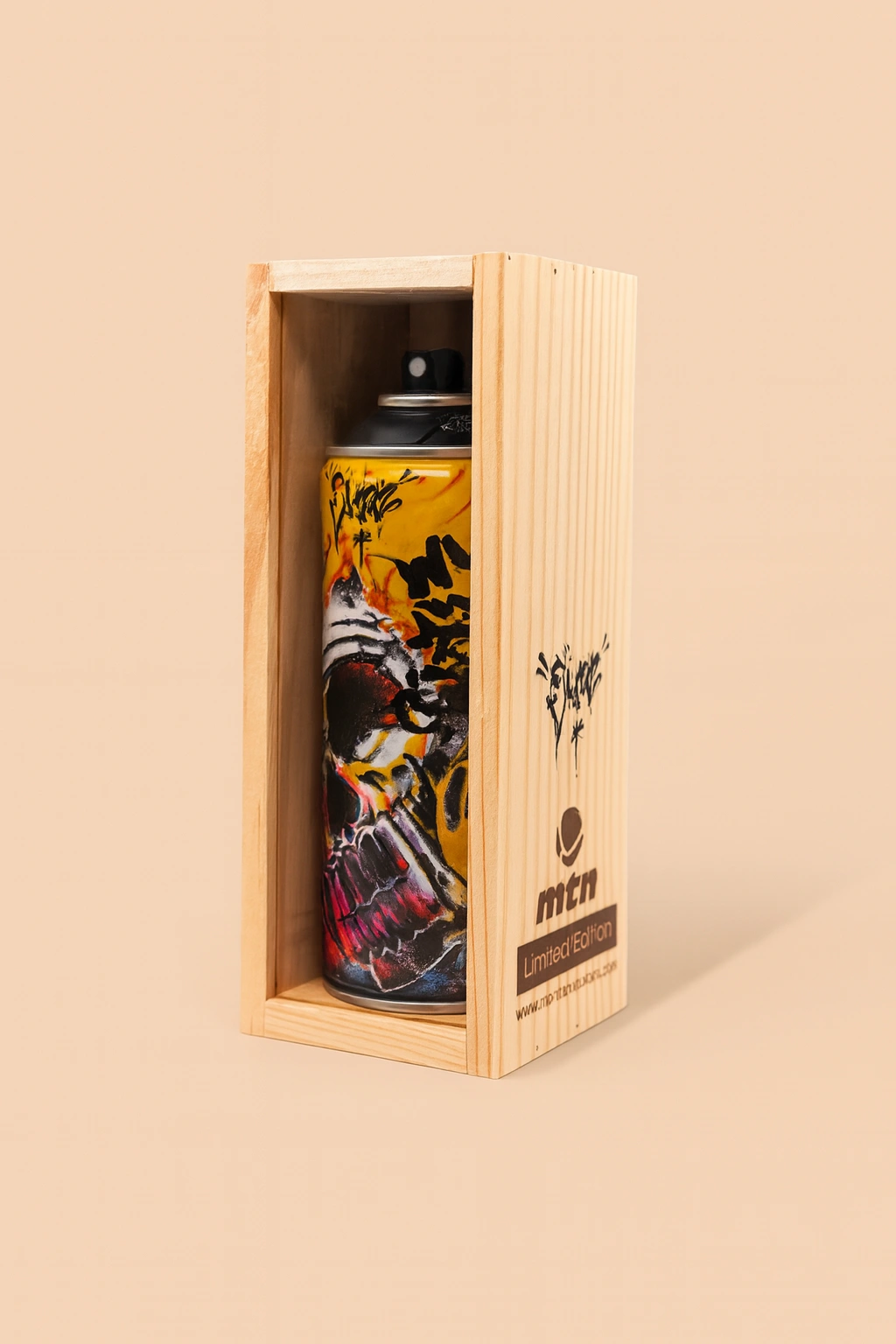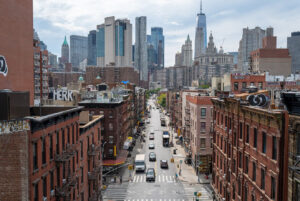In the ever-shifting landscape of urban expression, where walls speak louder than headlines and alleys become archives, few artists navigate the balance of technical mastery and street-born authenticity quite like Peter Barber. A muralist, photorealist, graffiti veteran, and full-time visual storyteller, Barber’s work vibrates with tension—between decay and beauty, anonymity and spotlight, nostalgia and immediacy.
He’s been called a “graffiti traditionalist with a futurist’s vision,” but labels barely hold when describing an artist who paints with both spray cans and a scholar’s sensitivity. Featured prominently in DREW, the street art docuseries that aired its London episode to critical acclaim, Barber’s segment wasn’t just a highlight—it was a thesis. His mural process, documented in real time, revealed an artist as much in dialogue with his materials as with the city around him.
From the streets of East London to the curated archives of the Global Street Art database, Barber’s work is a visual echo of modern urban life. And it’s resonating louder than ever.
An Artist Forged in Spray and Background
Barber’s roots are firmly embedded in graffiti culture. He came of age when walls were still war zones between expression and illegality, and when a tag was a rite of identity—not just vanity. Those early years trained his muscle memory for scale and his eye for composition, but perhaps most importantly, they instilled a deep respect for public space and the unspoken politics of painting in it.
It’s this respect that bleeds into his larger-scale works—murals that often appear as hyperreal apparitions in otherwise muted urban corridors. His technique combines photorealistic precision with a love for abstraction, meaning that a close-up glance might reveal nothing but blur, while distance snaps everything into lifelike focus. It’s the muralist’s version of jazz: improvisation wrapped around structure.
The DREW Episode: A Mural in Motion
Barber’s feature in DREW—the art docuseries exploring global muralists through the lens of the streets they inhabit—takes viewers behind the veil. Shot in East London’s Tower Hamlets district, the episode captures Barber mid-process, executing a towering mural inspired by the tensions of regeneration, heritage, and the personal histories woven into public architecture.
He chooses his subject carefully: an elderly woman, rendered in skin-tone realism, her face lined with experience. The background fractures into colored textures evoking both brick decay and blooming vibrancy. It’s more than portraiture—it’s a reclamation of presence.
Barber explains on-camera: “I want the people who live here to feel like this wall belongs to them. That it reflects who they are, or who they were. Art doesn’t need to lecture—it just needs to linger.”
The episode doesn’t just show technique—it reveals temperament. Barber is methodical, sensitive to the local history, and intentional in his craft. Community members pass by and pause. Some wave. Others watch silently, eyes wide. And in the final reveal, the wall doesn’t just reflect back an image—it radiates a shared memory.
Global Street Art: Archive and Advocacy
Peter Barber’s portfolio is extensively documented on the Global Street Art platform, a digital archive and production house dedicated to muralism at the intersection of community and commerce. The site catalogs not just his finished pieces but the ethos behind them—providing insight into the stories, spaces, and social rhythms that inform his work.
On this platform, you’ll find pieces ranging from atmospheric “supergraphics” to quiet portraits rendered on corner walls. There are faces you recognize, and those you don’t. But each one is given the same reverence, the same scale. That’s Barber’s subtle rebellion—treating overlooked people with monumental dignity.
One of his most viral uploads? A photorealistic rendering of Oscar the Grouch in a garbage can, clutching a sign that reads “I HATE BATHS.” The piece, at once hilarious and disarmingly poignant, appeared as a tongue-in-cheek nod to childhood iconography but beneath the surface suggested a meditation on marginality, urban sanitation, and cartoonish misanthropy in the real world.
Barber doesn’t just paint walls—he paints social subtext.
Aesthetic Anchors: What Makes a Barber Wall
Across projects, certain motifs and strategies emerge in Peter Barber’s practice:
- Photorealism Meets Surreal Contexts: Whether he’s painting a child blowing bubbles or a distorted facial close-up, Barber leans into realism—then subtly warps its environment. This balance pulls the viewer between believability and dream logic.
- Architectural Sensitivity: Unlike muralists who impose visuals onto walls, Barber works with them. He integrates window frames, gutter lines, and building decay into his compositions. Walls aren’t blank canvases—they’re collaborators.
- Color Use as Narrative: Muted palettes explode into neon details. Neutral tones highlight social realism, while unexpected color pops push the image toward a hyper-emotional frequency.
- Civic Resonance: Many of his pieces are not decorative but commemorative. Whether portraying immigrant elders, protestors, or anonymous youth, Barber’s walls elevate individual identity as public narrative.
Murals for Communities, Not Just Audiences
In conversation with community groups and local councils, Barber has consistently pushed for projects that serve the public rather than simply decorate space. During London Mural Fest 2024, he was one of the standout figures not because his walls were the loudest—but because they were the most remembered.
He worked alongside the Global Street Art production team to complete a mural outside a community center in Newham—a towering figure of a teenage girl with a book in one hand and a rose in the other. Local residents said it resembled “someone they knew.” That was the point.
“Art should be accessible without being reductive,” Barber told a journalist during the unveiling. “I don’t need a wall to scream. I just want it to feel like it was always supposed to be there.”
The Politics of Paint: Responsibility as Rebellion
Barber is vocal about the risks of gentrification-driven muralism. In an age where street art is often co-opted to mask development-driven displacement, he emphasizes intentional authorship. His murals rarely feature trendy slogans or mass-appeal aesthetics. Instead, they’re loaded with context: hyperlocal faces, signs in native languages, textures that reflect the surrounding environment.
He sees painting as not just beautification, but activism.
That’s why his inclusion in high-visibility series like DREW matters—it introduces viewers to an artist who uses visibility not for ego, but for empathy.
Process Over Product: The Studio of the Street
Barber’s studio is the street, but his process begins far before the first spray. He often sketches multiple versions of his concepts, photographs local subjects, and studies the architectural history of the area. His technical approach includes:
- Grid projection techniques for large-scale proportions
- Aerosol layering for soft-focus edges and lifelike gradients
- Brush and roller hybridization for depth and dimensionality
- Surface adaptation based on brick, concrete, or plaster finish
The resulting murals are tactile, immersive, and site-specific in the truest sense. You don’t just see them—you stand inside them.
Where Next? The Future of Barber’s Walls
As public art continues to evolve into an arena for social dialogue, Peter Barber is poised to play an increasingly visible role—not as a brand ambassador, but as a grounded practitioner.
He’s currently in talks to lead a multi-city mural residency program across Europe, focusing on intergenerational portraiture and public storytelling. Simultaneously, he’s developing a short film archive titled “Walls That Remember”, documenting the oral histories behind each of his subjects.
His next major wall? A commission in Manchester, on the side of an old textile warehouse, paying tribute to Caribbean immigrants who arrived during the Windrush era. As always, it will begin with a question, a conversation, and a camera.
The Wall as Mirror, Window, and Archive
Peter Barber’s work occupies that rare space where visual impact meets cultural permanence. In a world oversaturated with content, his murals slow you down. They ask for your attention, not through spectacle, but through sincerity.
His philosophy is simple but radical: walls can remember. They can carry the weight of identity, the nuance of community, and the poetry of daily life. They don’t just beautify cities—they belong to them.
No comments yet.









